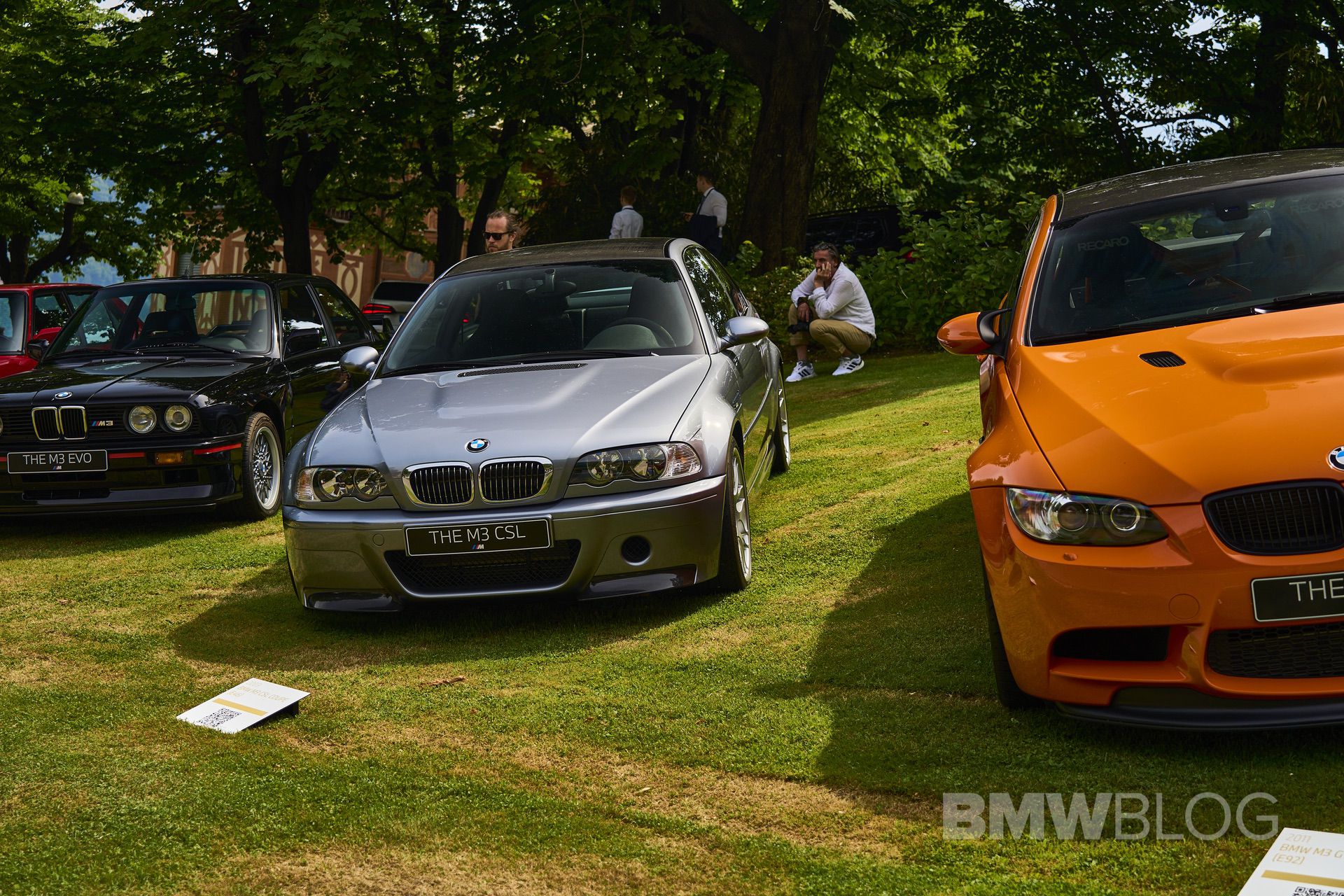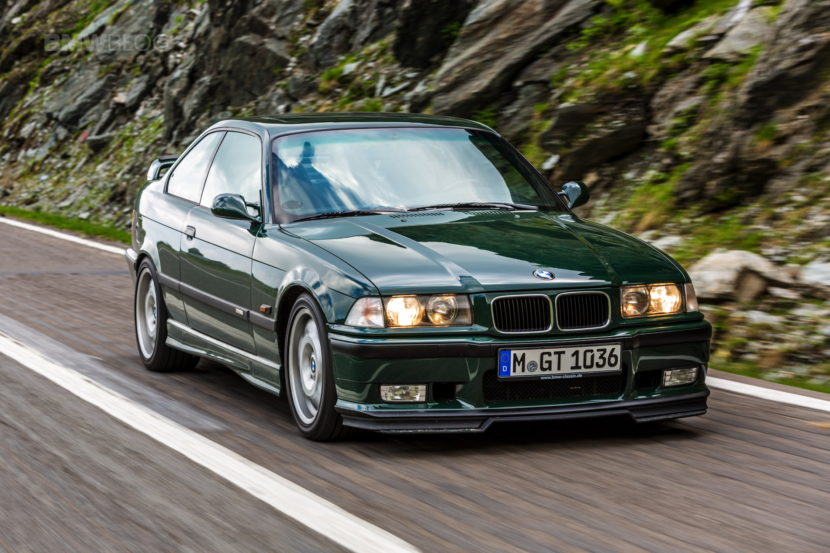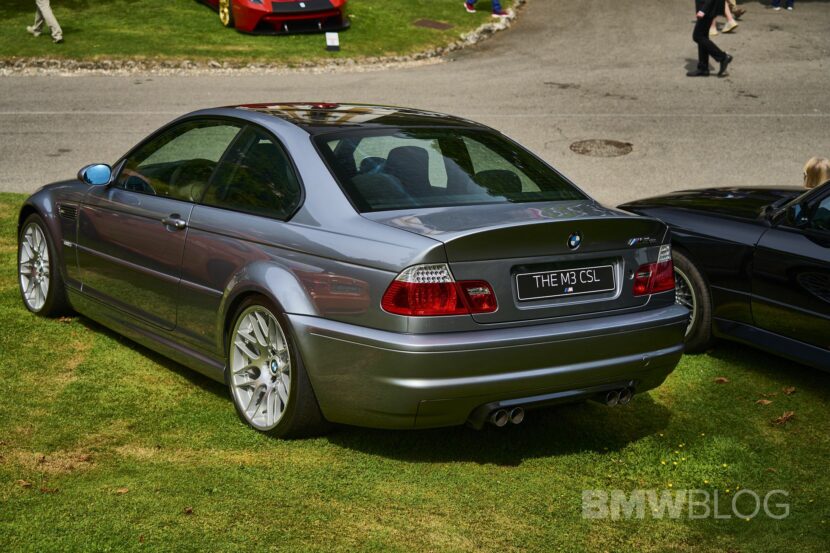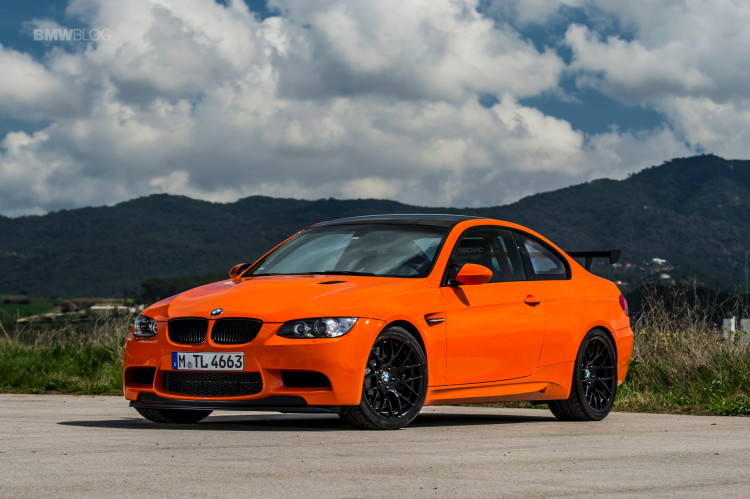By now, interested parties have come to the realization (but maybe not acceptance) that the G81 BMW M3 Touring is sadly not coming to the United States. Cost to homologate the G Series wagon to U.S. standards and generally lacking mainstream interest means that we are stuck to go without wagon. But not all hope is lost; at least we can enjoy the ability to row our own gears in an M3 – an option verboten for Europeans.
And it isn’t the first time Bavaria has cheated the colonies. Especially when it comes to ALPINA and BMW M products, the states have really had a history of missing out on some of the best-ever BMWs. And the G81 M3 Touring simply marks the newest transgression of M3-specific denial. Here’s a bunch of other cool BMW M3 model that never made it to U.S. shores. Well, until they were 25 years old, anyway.
E30 M3 Sport Evolution
The darling of BMW M’s yesteryear, the E30 M3 peaked with the M3 Sport Evolution in 1990. Lower, faster, and meaner than the car it was based on, the Sport Evo represented the very best iteration of the first-ever BMW M3. Which naturally meant that the US was never going to get one.
Only 600 examples were built, and all of them used a 238-horsepower version of the iconic S14 four-cylinder found in the normal E30 M3. There were considerable redesigns to the engine; including larger inlet valves, a new crankshaft, and an increase in displacement to 2.5 liters. It even got an adjustable wing; the most aggressive setting eye-rollingly dubbed “Nürburgring”.
But maybe the neatest part about one of the most important BMWs we never got is that it truly was a “homologation special”. Just like the initial offering of the E30 M3, the Sport Evolution Model only existed to get a bigger four-cylinder and 18” wheels onto BMW’s Group A car.
And the only reason BMW needed that to happen was to beat out Mercedes-Benz – who later answered the Sport Evo with an Evolution model of its own, the 190E 2.5-16 Evolution. The E30 M3 Sport Evo’s classic looks, performance additions, and low production make it the best of the E30s. But the reason it exists – and story behind it – makes it one of the most compelling M3’s in history.
E36 M3 GT
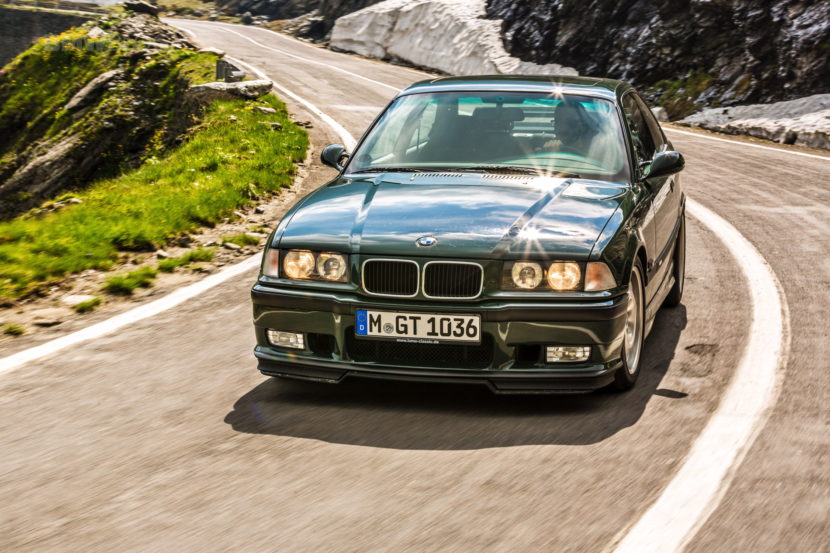
The E36 M3 – in all its guises – has always fallen a bit short in the United States. The deepest cut is certainly the S50B32 that we never got. Instead, we were stuck with a detuned S50B30 and later the anemic S52. We also missed out on most of the cloth interior options, the six-speed manual (as opposed to the ZF5HP the US got stuck with), floating front brake rotors, and a dozen other options. At least we got the M3 LTW – a lightened, more aggressive E36 M3. Which is all well and good until you learn that the LTW was a bit of a parts bin version of an even better car: the M3 GT.
The M3 GT was only ever for sale in Germany, and they only made 356 cars. They’re all British Racing Green, and got all the standard equipment the LTW eventually received – front and rear spoilers, carbon interior bits, and even the 17” star-spoke wheels (often referred to as “LTW” wheels in the States…). Like the E30 M3 Sport Evo, it too was a true homologation special – designed to race the E36 M3 in FIA and IMSA GT Series.
So, just like the first generation M3, the U.S. never got the very best of the second generation M3. Arguably falling short of cutting out an entire body style (like the current M3 Touring), it’s also the best example of why the US doesn’t always get the stuff we see in other markets.
The E36 M3 was considered a huge risk in America – and nearly didn’t come here at all. The euro-spec S50 wasn’t sensible, because they could cut the base MSRP by nearly $15,000 by using the softer S50 (and heavily M52-based S52) to appeal to more Americans. It’s much the same with the G81 – I guess we should’ve bought more F31s when we had the chance.
E46 M3 CSL
Up until very recently the only “CSL” monikered M3, the M3 CSL is an automotive icon. It represented the very best of roadgoing BMWs circa the mid 2000s, thanks to its laser focus on driving dynamics. Extreme measures for the time – like an entirely unique carbon-fiber roof and race seats – were taken to drop nearly 250 pounds from the standard E46 M3. Coupled with a power bump, due in part to the thin-walled exhaust and gaping carbon fiber air intake, the M3 CSL is unmistakably special – and way too special to ever have been released in the United States.
There’s no shortage of info on the M3 CSL – but it’s hard to find good reasons it never came to America. One of the best is price. At what would have amounted to nearly $70,000 in 2003, BMW may have reasoned that the American market would not be willing to pay so much more for what some may see as a “de-contented” car. After all, the E36 M3 LTW sat on showroom floors for ages. Secondly, crash standards might have had a problem with the carbon fiber roof, and “cardboard” trunk floor.
Whatever the reason, the E46 M3 CSL never made it to the United States. And it’s another prime example of BMW – perhaps rightly – making an educated guess based on past performance models. The lesson we should have learned by now is: always buy the special cars, no matter how niche. Unfortunately…we still haven’t (see: the F8X CS cars).
E92 M3 GTS
The E92 M3 GTS picked up where the M3 CSL left off, and even made some small additions. Racy additions like a fire extinguisher and roll cage, coupled with bright Fire Orange paint, make it hard to mistake the GTS for any lesser E92 M3. Less easy to spot is the bored and stroked 4.4-liter S65 underneath the hood, now making 444 horsepower and 324 pound-feet of torque. A revised titanium exhaust will happily remind you of that any time you put your right foot down.
Continuing the numbers game, the M3 GTS makes little case for itself as a budget-minded option. It cost around €115,000 in 2011 – equivalent to over $150,000 as of this writing. But you shed around 100 pounds with the GTS, since the GTS gets specially designed race-oriented front seats, and the rear seats get a complete removal. Additional weight loss comes from some losing some windows (glass becomes polycarbonate), most of the sound deadening material, and some interior bits. Because race cars must, above all things, be loud and uncomfortable.
No doubt about it – the E92 M3 GTS is the best of the V8-powered M3. A wild party on wheels. But what did you expect from a car nicknamed “Jägermeister” while in development?
Conclusion
The BMW M3 models outlined here are just a smattering of all the Euro exclusives the United States missed out on, but it certainly represents some of the best. I would bet a fair sum of money that the G81 M3 will be a rousing success in parts beyond America and I will continue to enviously glare across the Atlantic at my more fortunate BMW enthusiast brethren. All we sad Yanks can do now is start the countdown until we can legally import the new G81 M3 Touring.
Only 9,131 days to go.


